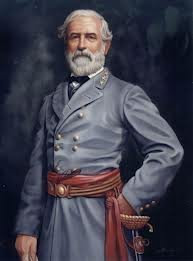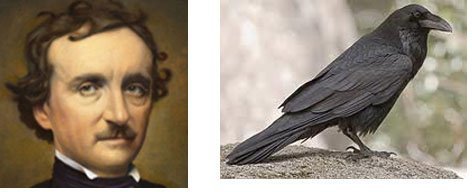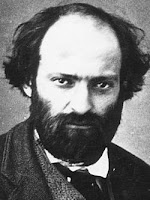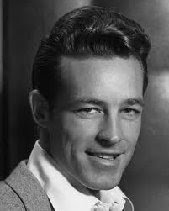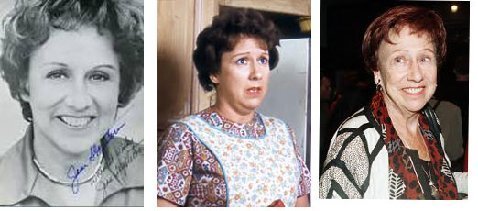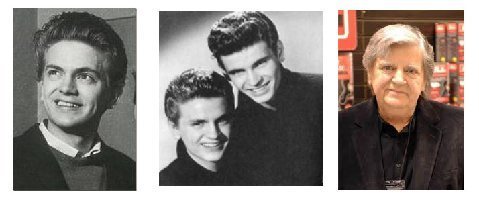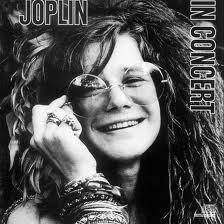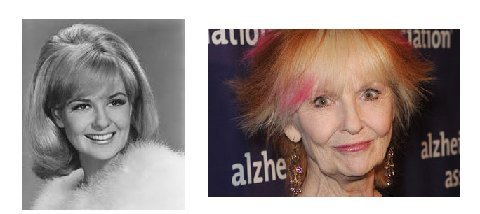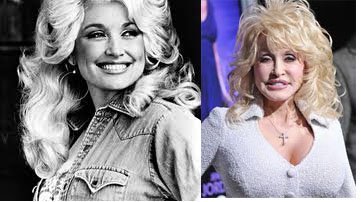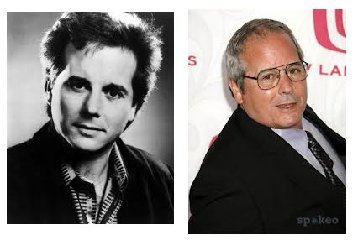A top hat (also called a high hat, a cylinder hat, or, informally, a topper) is a tall, flat-crowned hat traditionally associated with formal wear in Western dress codes, meaning white tie, morning dress, or frock coat. Traditionally made of black silk or sometimes grey, the top hat emerged in Western fashion by the end of the 18th century. Although it declined by the time of the counterculture of the 1960s, it remains a formal fashion accessory. A collapsible variant of a top hat, developed in the 19th century, is known as an opera hat.
Perhaps inspired by the Early Modern era capotain, higher crowned dark felt hats with wide brims emerged as a country leisurewear fashion along with the Age of Revolution around the 1770s. Around the 1780s, the justaucorps was replaced by the previously casual frocks and dress coats. At the same time, the tricorne and bicorne hats were replaced by what became known as the top hat. By the 1790s, the directoire style dress coat with top hat was widely introduced as citywear for the upper and middle classes in all urban areas of the Western world. The justaucorps was replaced in all but the most formal court affairs. Around the turn of the 19th century, although for a few decades beaver hats were popular, black silk became the standard, sometimes varied by grey ones. While the dress coats were replaced by the frock coat from the 1840s as conventional formal day wear, top hats continued to be worn with frock coats as well as with what became known as formal evening wear white tie. Towards the end of the 19th century, whereas the white tie with black dress coat remained fixed, frock coats were gradually replaced by morning dress, along with top hats.
After World War I, the 1920s saw widespread introduction of semi-formal black tie and informal wear suits that were worn with less formal hats such as bowler hats, homburgs, boaters and fedoras respectively, in established society. After World War II, white tie, morning dress and frock coats along with their counterpart, the top hat, started to become confined to high society, politics and international diplomacy. The last United States presidential inaugurations with top hat was the inauguration of John F. Kennedy in 1961. Following the counterculture of the 1960s, its use declined further along with the disuse also of daily informal hats by men.
Yet, along with traditional formal wear, the top hat continues to be applicable for the most formal occasions, including weddings and funerals, in addition to certain audiences, balls and horse racing events, such as the Royal Enclosure at Royal Ascot and the Queen's Stand of Epsom Derby. It also remains part of the formal dress of those occupying prominent positions in certain traditional British institutions, such as the Bank of England, certain City stock exchange officials, occasionally at the Law Courts and Lincoln's Inn, judges of the Chancery Division and King's Counsel, boy-choristers of King's College Choir, dressage horseback riders, and servants' or doormen's livery.
As part of traditional formal wear, in popular culture the top hat has sometimes been associated with the upper class, and used by satirists and social critics as a symbol of capitalism or the world of business, as with the Monopoly Man or Scrooge McDuck. The top hat also forms part of the traditional dress of Uncle Sam, a symbol of the United States, generally striped in red, white and blue. Furthermore, ever since the famous "Pulling a Rabbit out of a Hat" of Louis Comte in 1814, the top hat remains associated with hat tricks and stage magic costumes.
The top hat is also known as a beaver hat or silk hat, in reference to its material, as well as casually as chimney pot hat or stove pipe hat.
According to fashion historians, the top hat may have descended directly from the sugarloaf hat; otherwise it is difficult to establish provenance for its creation. Gentlemen began to replace the tricorne with the top hat at the end of the 18th century; a painting by Charles Vernet of 1796, Un Incroyable, shows a French dandy (one of the Incroyables et Merveilleuses) with such a hat. The first silk top hat in England is credited to George Dunnage, a hatter from Middlesex, in 1793. The invention of the top hat is often erroneously credited to a haberdasher named John Hetherington.
Within 30 years top hats had become popular with all social classes, with even workmen wearing them. At that time those worn by members of the upper classes were usually made of felted beaver fur; the generic name "stuff hat" was applied to hats made from various non-fur felts. The hats became part of the uniforms worn by policemen and postmen (to give them the appearance of authority); since these people spent most of their time outdoors, their hats were topped with black oilcloth.
If you want to read a lot more, go here: https://en.wikipedia.org/wiki/Top_hat
- 1 1/2 cups long- or whole-grain rice, uncooked
- 2 cups sliced fresh mushrooms (about 8 ounces)
- 1 small onion, chopped
- 1 (10-1/2-ounce) can condensed beef broth
- 1 (10-3/4-ounce) can condensed cream of mushroom soup
- 1/2 stick (.25 cup) butter, melted
- 1/2 teaspoon black pepper
- Preheat oven to 375º. Coat a 2-quart casserole dish with cooking spray; set aside.
- In a medium bowl, combine all ingredients; mix well. Spoon mixture into prepared casserole dish.
- Cover and bake 50 to 55 minutes, or until liquid is absorbed and rice is tender.







